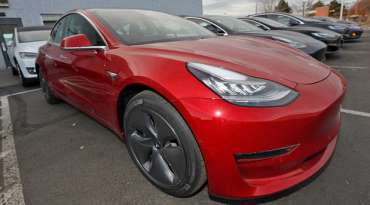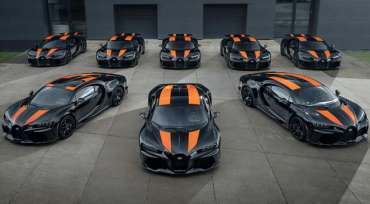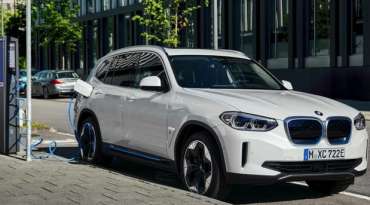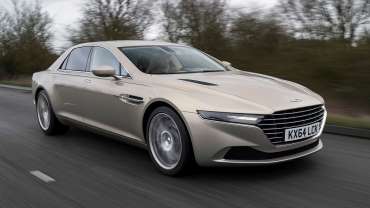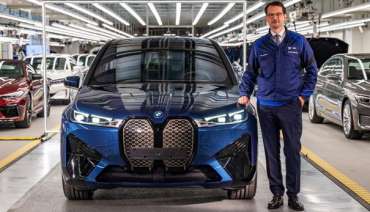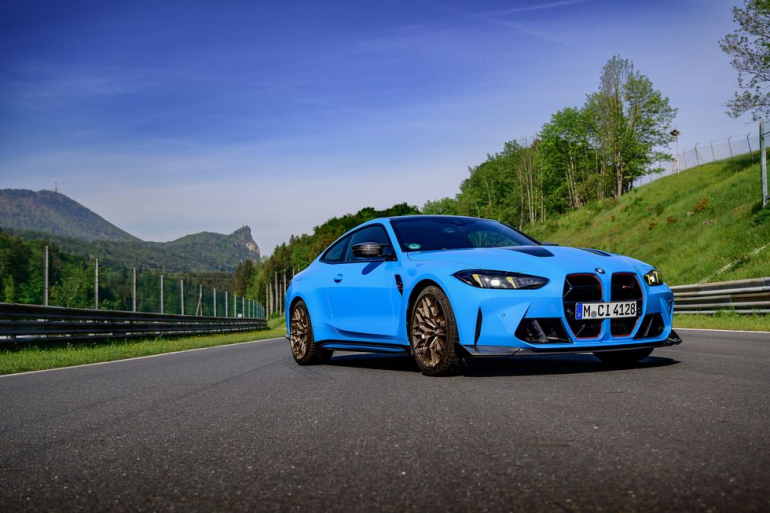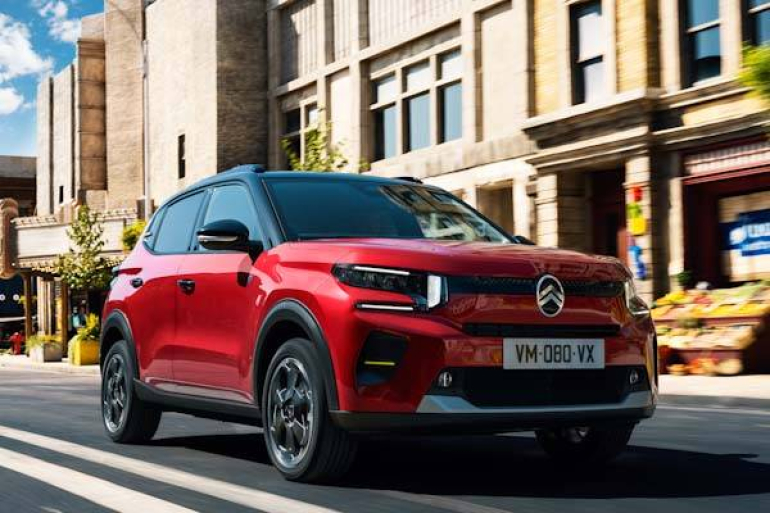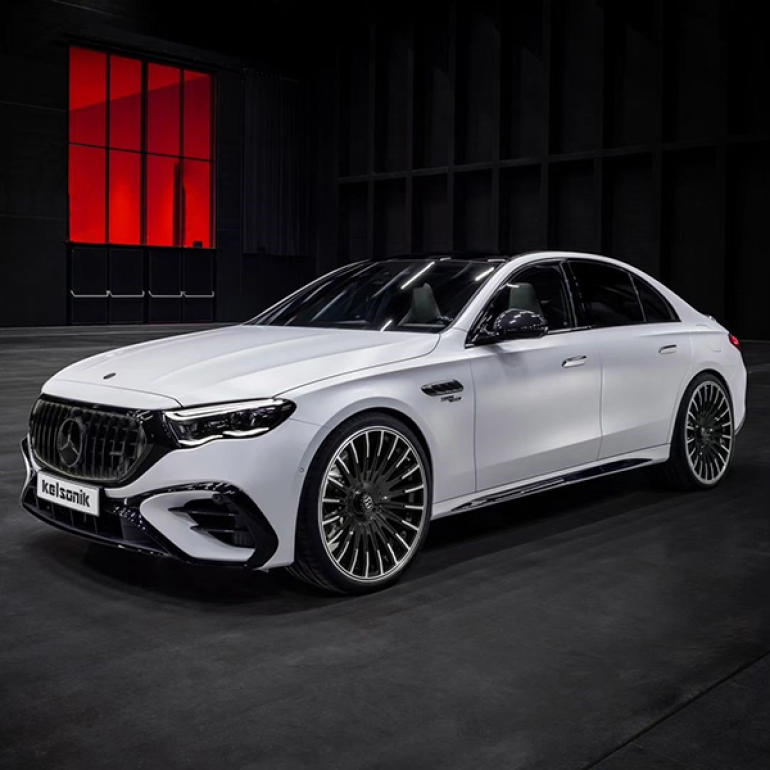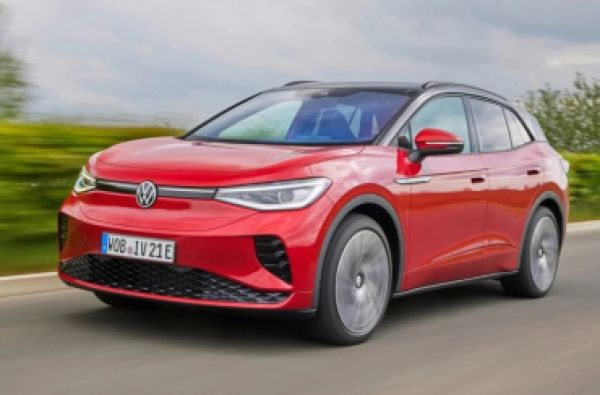
World Car Blog
The tuning company revives the brutal vehicle from the Halo game
The Worthog is one of the most iconic vehicles from the legendary Halo video game, which became a reality after the Hoonigan brand teamed up with Microsoft to create a fully functional version of this SUV.

The Hoonigan team started by creating a prefabricated chassis that already had a four-wheel steering system, just like the original vehicle from the game. However, significant modifications were created on this chassis, as it was originally designed for the rock crawler model, whose cabin was too small to be an exact replica of the Warth model.

The upper part of the chassis was cut before the company started to expand and extend it, in order to finally form the base for this crazy science-fiction SUV.
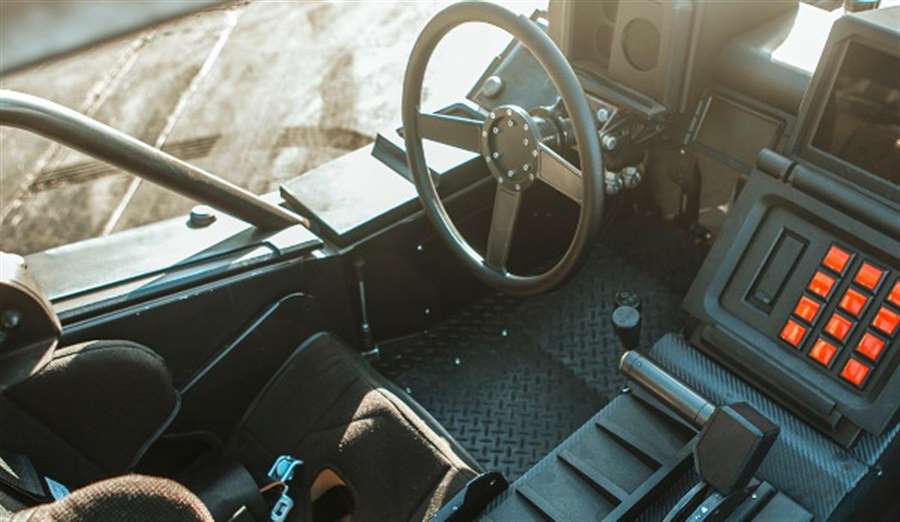
The second video is part of a project during which a car's powertrain was created. The Warthog in the Halo game has a twelve-cylinder engine with an additional hydrogen system and limited to a top speed of 125 km / h, however, for its functional version, Hoonigan opted for a Ford Windsor V8 machine with over 7,177 cc, which was specially created and equipped with a pair of massive turbochargers. This beast pumps a huge 1,000 hp and this was made possible because Microsoft required that the vehicle be able to reach at least 160 km / h.
Additional footage will be presented to describe in detail the rest of the project that began last year, but during the first few minutes of the first clip, we can see the completed vehicle for the first time, during its debut at the premiere of Free Guy.
Germany: The proposal that heavier and bigger cars pay for more expensive parking
The current price of a residential car park in Tübingen, a university town located in the center of Baden-Württemberg, Germany, is 30 euros. The amount applies to all types of vehicles, regardless of their weight and size, which means that the owner of the Bentley Bentayge pays the same as the owner of the Dacia Sandero.
All that could soon change because the owners of heavier and larger vehicles could pay up to six times more. According to Jutarnji.hr, after a long discussion, the Tübingen Committee for Environmental Protection proposed an increase in the annual parking fee to 120 euros, with one exception. Owners of vehicles heavier than 1,800 kilograms should pay an additional 60 euros, which would 'jump' the total amount to 180 euros.
The mayor of Tübingen, Germany, is in favor of even more expensive parking at a price of 360 euros, but the municipal council voted against the proposal, considering that it is a 12 times higher amount for the current annual fee.
The final decision will be known later this month after some more local council discussions. Other German cities, such as Freiburg, could follow the bill. In addition, people with social protection would be required to pay only half, and exceptions would include workers who depend on their vehicles to do their jobs, and people with disabilities.
Only new electric cars will be bought in Norway next year ?!
Norway’s goal is to ban the sale of new petrol and diesel cars from 2025 onwards. It may sound like April Fool's Day news, but the reality is already denying the announcements. Namely, the Norwegian magazine Motor writes that from next year, the sales of gasoline and diesel in that country could be so low that electric cars will have almost 100 percent dominance on the market of new vehicles.
According to Revija HAK, in the first eight months of 2021, diesel and gasoline together accounted for less than ten percent of all 110,864 new registrations. If the trend continues, as in the last five years, the share of internal combustion engines in seven months would come to almost zero.
As of early 2021, 19 of Norway’s 25 best-selling new cars are electric cars. At the top of the list is Tesla's Model 3 with 7048 new registrations in that period. The first model without a battery or hybrid drive is the VW Tiguan TDI in 38th place with 678 new registrations. All of this has to do with strong government incentives to buy e-cars. Other benefits of electric cars, such as free parking in many cities, have since been canceled.
Despite the drastic decline in internal combustion engines among new registrations, diesel and petrol engines continue to dominate Norway and will continue to do so for the next few years. Seven out of eight cars purchased in Norway are used cars. Of the 357,176 changes in ownership in the first eight months of this year, only twelve percent were electric cars.
The first eight Bugatti Chiron Super Sport 300+ ready for delivery
The first eight of the planned 30 copies of the fastest Bugatti so far are ready for delivery to customers who were willing to set aside 3.2 million euros.
After two years of intensive testing and fine-tuning, the first eight copies of the ultrasports model Chiron Super Sport 300+ came out of Bugatti's "studio", which carries with it the title of the fastest production Bugatti so far.
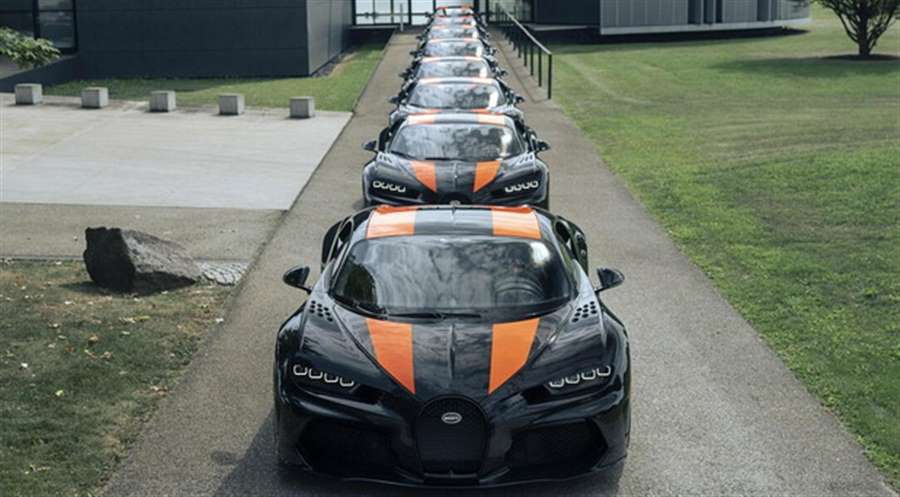
The car with a slightly longer body compared to the standard Chiron is powered by a centrally located 8.0-liter 16-cylinder engine assisted by four turbochargers.
1,600 horsepower and 1,600 Nm of torque is enough to get Bugatti's "masterpiece" from 0 to 100 km / h in 2.4 seconds, from 0 to 200 km / h it takes 5.8 seconds, and from standstill to 300 km / h arrives in just over 12 seconds.
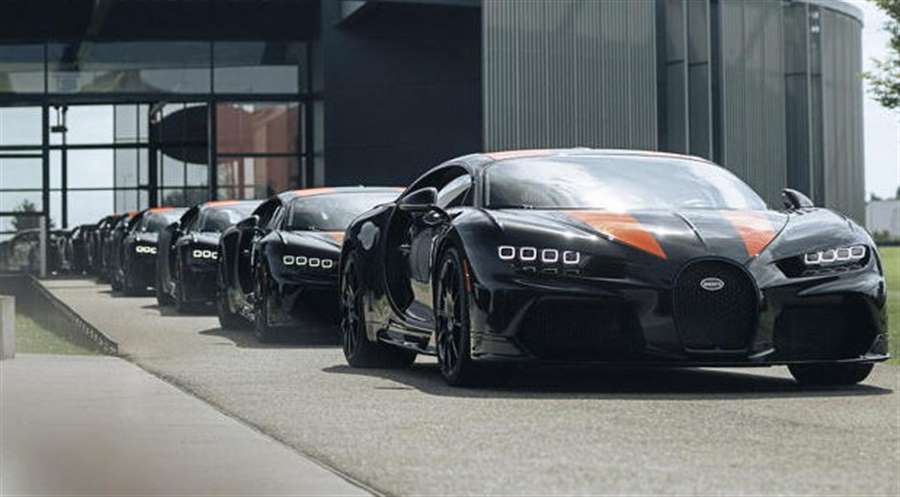
A 7-speed automatic transmission with two clutches is in charge of transmitting power to both axles, and the maximum speed that the prototype once achieved (491 km / h) in this case is electronically limited and amounts to "only" 440 km / h.
In Molsheim, they say that the remaining (long ago sold out) 22 copies will soon reach their owners.
Study: Electric cars more expensive to repair than gasoline and diesel
The key questions with electric cars are whether they are more prone to self-ignition than gasoline and diesel and how much their repairs cost after accidents or breakdowns. Allianz tried to answer all that with a big study.
According to the HAK Review, according to a study conducted by Allianz, electric cars are significantly more expensive to repair after accidents than conventional cars. Accordingly, in casco insurance, the average claims costs for purely electric cars are ten percent higher, and for plug-in hybrids the bills are as much as 50 percent higher. In Allianz, they did not state, but we can assume that the biggest problem with plug-in hybrids are the batteries, which are located in the rear of the vehicle and are certainly sensitive to rear-end collisions with cars. In electric vehicles, the battery is in the floor and is a little more protected.
Batteries in electric cars cost up to 20,000 euros and each repair is extremely expensive. This is something you should also think about when buying a used electric car, which is out of warranty.
Unbelievable, but some manufacturers prescribe the replacement of batteries on electric vehicles after activating the airbags. A set of cables in electric cars can cost around 7,000 euros, so some manufacturers equip them with protective covers so that they are not bitten by kuna, mice and other mammals that they see as a meal.
Finally, according to the study, electric vehicles do not break down more than petrol and diesel and are not more prone to self-ignition.
The most expensive limousine in the world is looking for a new owner
The famous British company Lagonda is almost non-existent these days. The brand, which in the pre-war period was known for the famous model with as many as twelve cylinders, last operated independently in 1964. Control of the company was then provided by Aston Martin, which used that name for its limousine from 1976 to 1989.
But during 2015 and 2016, Lagona was again in the spotlight around the world. The car media then reported that the division was again separated from Aston Martin and that it would produce the most expensive limousine in the world.

The model was named Taraf, and only 120 units were sold, mostly to buyers in the Middle East. One of them miraculously found himself in Cologne recently, and we don't know exactly how he ended up in Germany. It was first registered in January 2018 and since then it will cover only 5,150 kilometers, while the owner is asking for as much as 1.17 million US dollars for it.
The stated figure is more or less identical to the one that was in force when the Taraf was new, and when in its time it was the most expensive four-door model in the world. In addition to being hand-assembled and bringing a finish that Rolls-Royce and Bentley designers would probably envy, Taraf also boasted fantastic mechanics.
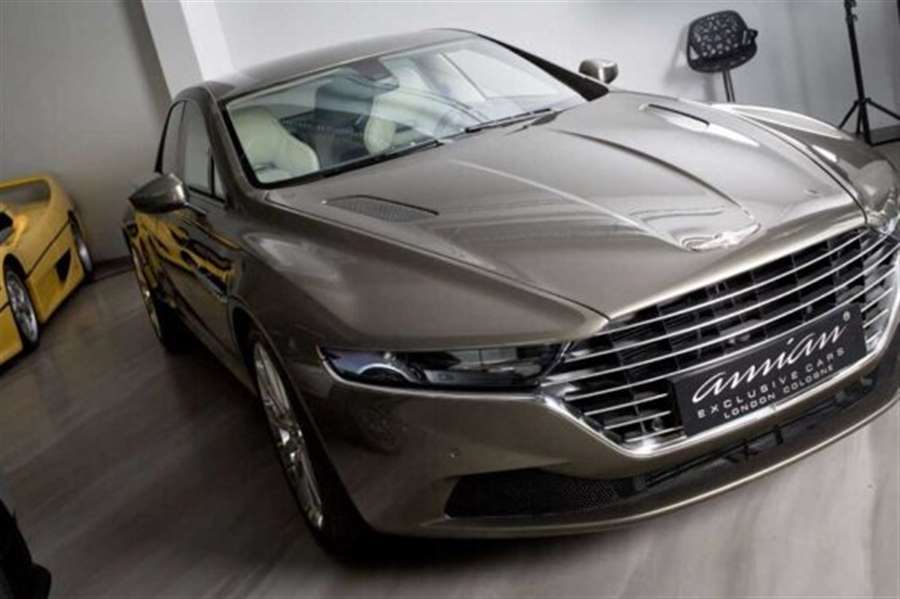
It was powered by a 6.0-liter atmospheric twelve-cylinder petrol engine that developed 533 horsepower and a maximum of 630 Nm of torque. Power was transmitted to the rear wheels via an eight-speed automatic transmission, which was enough to accelerate from standstill to 100 km / h in 4.4 seconds and a top speed of 314 km / h.
The price is certainly not low, but this Taraf is probably the only one in Europe. Aston Martin originally wanted to produce about two hundred units, but in the end stopped at only 120, due to poor demand. However, such news does not have to be negative, since the value of Taraf obviously jumped only three years after it was produced.
Now all he has to do is find a buyer who can cash in over a million euros, for a four-door car…
How much money will the car industry lose this year due to a lack of chips?
The constant shortage of chips continues to affect the global automotive industry. Due to the lack of semiconductors, the industry is likely to miss revenue of 210 billion US dollars (179 billion euros) this year, the consulting company Alix Partners predicted.
Back in May, the forecasts were much more optimistic - the losses were estimated at 110 billion dollars, reminds the HAK Review.
According to the study, the annual production loss in the industry will be around 7.7 million vehicles, almost twice as much as previously thought. In May, Alix Partners forecast a shortage of 3.9 million vehicles. So the numbers are almost catastrophic.
In the year before the pandemic, in 2019, about 65.5 million vehicles were sold - just enough to get a full picture of how much 7.7 million (unproduced) vehicles mean.



